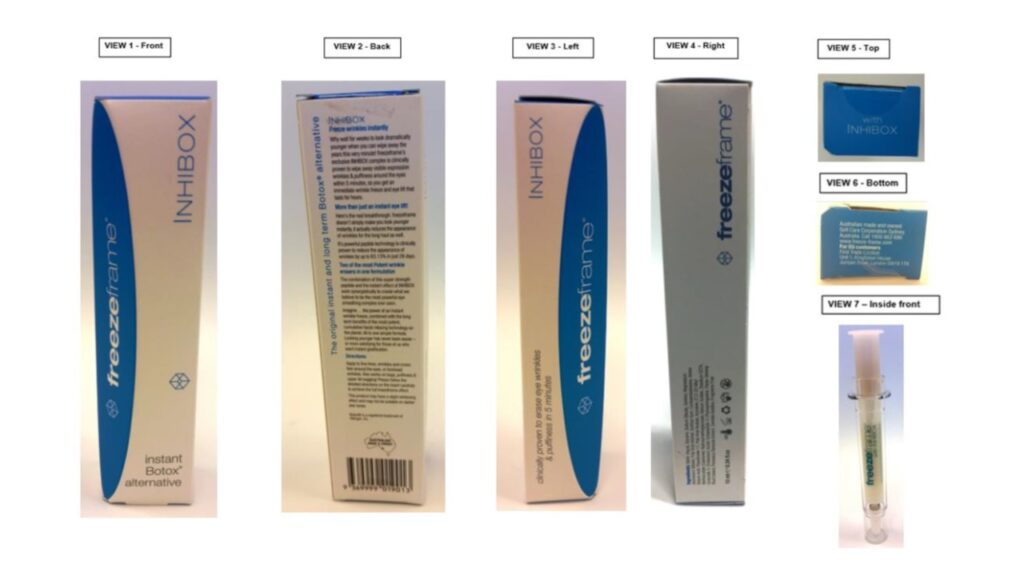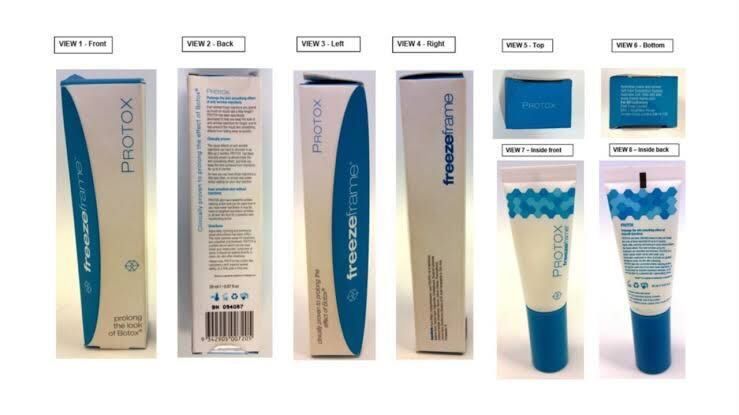The High Court in Self Care IP Holdings Pty Ltd v Allergan Australia Pty Ltd1 has recently determined that Self Care’s use of the phrase “instant Botox® alternative” and its mark “PROTOX” do not infringe Allergan’s BOTOX mark under s 120(1) of the Trade Marks Act 1995 (Cth) (the Act). The Court also found that the use of the phrase “instant Botox® alternative” does not contravene ss 18 and 29 of the Australian Consumer Law (ACL).
Importantly, the High Court has determined that the issue of reputation must not be taken into account when assessing whether a trade mark is ‘deceptively similar’ to another under s 120(1). The case settles the factors to be taken into account when considering whether a consumer with imperfect recollection of two marks would be relevantly deceived.
Relevant Trade Marks Act provisions
Section 120(1) provides that a person infringes a registered trade mark if the person uses as a trade mark a sign that is substantially identical with or deceptively similar to the registered trade mark.
Under s 10 of the Act, a trade mark is ‘deceptively similar’ to another if it resembles the other trade mark such that it is likely to deceive or cause confusion.
Background – Full Federal Court Proceeding
The respondents in the proceeding (Allergan) are the manufacturers of Botox, the well known cosmetic injectable treatment. Allergan owns the trade mark BOTOX in class 5 for goods including “pharmaceutical preparations for the treatment of … wrinkles”. Allergan also own the BOTOX mark as a ‘defensive trade mark’ in class 3 for goods for “anti-ageing creams” and “anti-wrinkle cream”.
Self Care, the appellants in the proceeding, are suppliers of cosmetic products including the anti-wrinkle skincare cream products INHIBOX and PROTOX.
In 2021, the Full Federal Court2 held that Self Care infringed Allergan’s BOTOX mark as PROTOX was ‘deceptively similar’ to BOTOX. The Full Court held that there was a real risk that PROTOX could deceive or cause confusion to consumers as to whether BOTOX and PROTOX might come from the same source due to the similarities between the two marks.
The Full Court found that the phrase “instant Botox® alternative” depicted on INHIBOX’s packaging and website was used by Self Care as a trade mark and was likely to deceive or cause confusion in breach of the Act.
The Full Court also held that INHIBOX’s packaging claims that the product was an “instant Botox® alternative” contravened ss 18(1), 29(1)(a) and (g) of the ACL by misleadingly representing to consumers that INHIBOX’s anti-wrinkle effects could last for a period equivalent to a Botox injection treatment.
The High Court’s Decision
The High Court first considered whether the phrase “instant Botox® alternative” on INHIBOX’s packaging and website (depicted below) infringed the BOTOX registered mark.

The High Court analysed the two elements of establishing an infringement under s 120(1). First, that the person had “used as a trade mark” a sign in relation to goods or services and second, that the trade mark was “deceptively similar” to a trade mark registered in relation to those goods or services.
The High Court held that the Full Court erred in finding that the phrase “instant Botox® alternative” was used by Self Care as a trade mark. The High Court underscored the importance of recognising the distinction between the use of a sign in relation to goods and the use of a sign as a trade mark. A trade mark is a sign (a ‘badge of origin’) used for the purposes of distinguishing goods dealt with by one trader from goods dealt with by another trader. The Court noted the various inconsistencies such as font size and presentation when the phrase “instant Botox® alternative” is displayed on the PROTOX packaging and website. The phrase “instant Botox® alternative” was held to be a descriptive phrase with an ordinary meaning which happens to include within it, the trade mark BOTOX.
While it was therefore not necessary to decide the element of deceptive similarity, the Court nevertheless considered whether the reputation of BOTOX was relevant in assessing deceptive similarity under s 120(1). The Court held that reputation should not be taken into account when assessing deceptive similarity having regard to the purpose of, and the fundamental principles underpinning the Act including how the registration of a trade mark alone confers the right of its exclusive use on the owner. The Court determined that a consideration of reputation after the mark’s registration should not be undertaken as it would ultimately affect the level of protection afforded to the registered owner’s right of its exclusive use and be inherently uncertain.
The second issue considered was whether Self Care’s use of PROTOX as a mark was deceptively similar to the BOTOX mark.

There was no dispute between the parties on whether PROTOX was used as a trade mark. The High Court examined the Full Court’s finding that there was a real risk of confusion for consumers as to whether the two products were from the same source and found this was incorrect. In particular, by applying its findings on reputation, the High Court rejected the Full Court’s reasoning that, given BOTOX’s reputation, there was a possibility that consumers would draw the conclusion that BOTOX had “decided to expand into topical cosmetic anti-wrinkle products”.
The High Court held that the correct test of comparison between marks is to ‘compare the notional buyer’s imperfect recollection of the BOTOX mark … with PROTOX as actually used by Self Care on its product’. The words BOTOX and PROTOX were sufficiently different that a notional buyer would not be confused by the marks or the products they denote. The fact that there was no evidence of confusion and that the PROTOX mark was always used in proximity to the FREEZEFRAME mark (as shown above) was also relevant to the analysis.
Finally, the High Court determined that the Full Court’s finding that Self Care contravened ss 18 and 29 of the ACL was in error. Instead, the High Court found that a reasonable consumer would be unlikely to hold the belief that a topically self-applied cream which could be purchased from a pharmacy, would have the same period of efficacy as a Botox injection treatment which is required to be administered by a healthcare professional.
For regular insights follow Addisons on LinkedIn and subscribe to our updates.
1 [2023] HCA 8, 15 March 2023.
2 Allergan Australia Pty Ltd v Self Care IP Holdings Pty Ltd (2021) 286 FCR 259.



